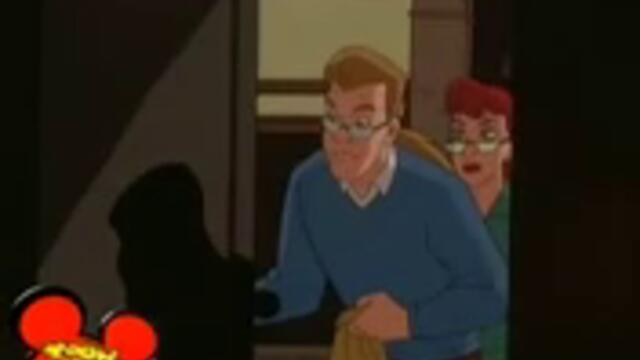

I say all this to get the negatives out of the way. It was early December 1996, and I had no idea if it would ever get better. I now had exactly the kind of lifestyle I tried to avoid for my entire career. At the end of the first week, my depression was overwhelming. I could have done SO much with that time. Up to an hour each way through some of the worst LA traffic. With a wife and a 5-year-old daughter to support, the choice was obvious.

The whole comic book industry was in freefall thanks to a seismic shift in distribution, and the signals were getting clearer by the day: get out now if you know what’s good for ya! I could either take a full-time job with a horrible commute, or take my chances on having no work at all. I could take on lots of projects simultaneously and didn’t have to commute anywhere.īut…the freelance jobs were fading by this time. I really liked working from home as a freelancer. I hadn’t worked full-time anywhere since leaving Malibu Comics over two years earlier. Not just the chance to work on another TV show, but signing on as a full-time crew member. All I remember about that interview is that it got me hired. In short order, my agent called me up and said a formal interview had been arranged at Sony. My ears certainly perked up when he gave it a name: Extreme Ghostbusters (herafter, XGB). His current show was something called Project Geeker, but he would soon be hiring for his next one. I brought some portfolio pieces with me (which included Grease Monkey comics) and we synced immediately. He was a producer at Sony Animation (which I’d never heard of), and we met for breakfast at a restaurant outside of LA. But now I had an agent looking for opportunities, and a few months later, he found one.Īt some point in November ’96, my agent set up what we call a “meet and greet” with a guy named Audu Paden. When that show wrapped in the summer, I went back to comic book and illustration projects with no idea where I’d go next. As recounted in another article, my entry into the world of TV animation storyboarding began in 1996 with Wing Commander Academy. It went out of production in 1991, and gears slowly started turning for a followup. (I also didn’t rack up student loans, which was a pretty good tradeoff.) You can’t miss what you never had, but when I learned what kinds of experiences others had in college, I did feel like I missed out on something.Īs it turned out, that something was waiting for me in a different kind of school: Extreme Ghostbusters Academy.Įxtreme Ghostbusters was a direct sequel to The Real Ghostbusters, which was a big deal among some of my friends in the late 80s. I didn’t live in a dorm, didn’t hook up with a peer group, didn’t develop relationships with mentors. Thus, I didn’t have the collegiate experience that I later heard about from others. I went directly from high school into my field (at the time, commercial art).


 0 kommentar(er)
0 kommentar(er)
